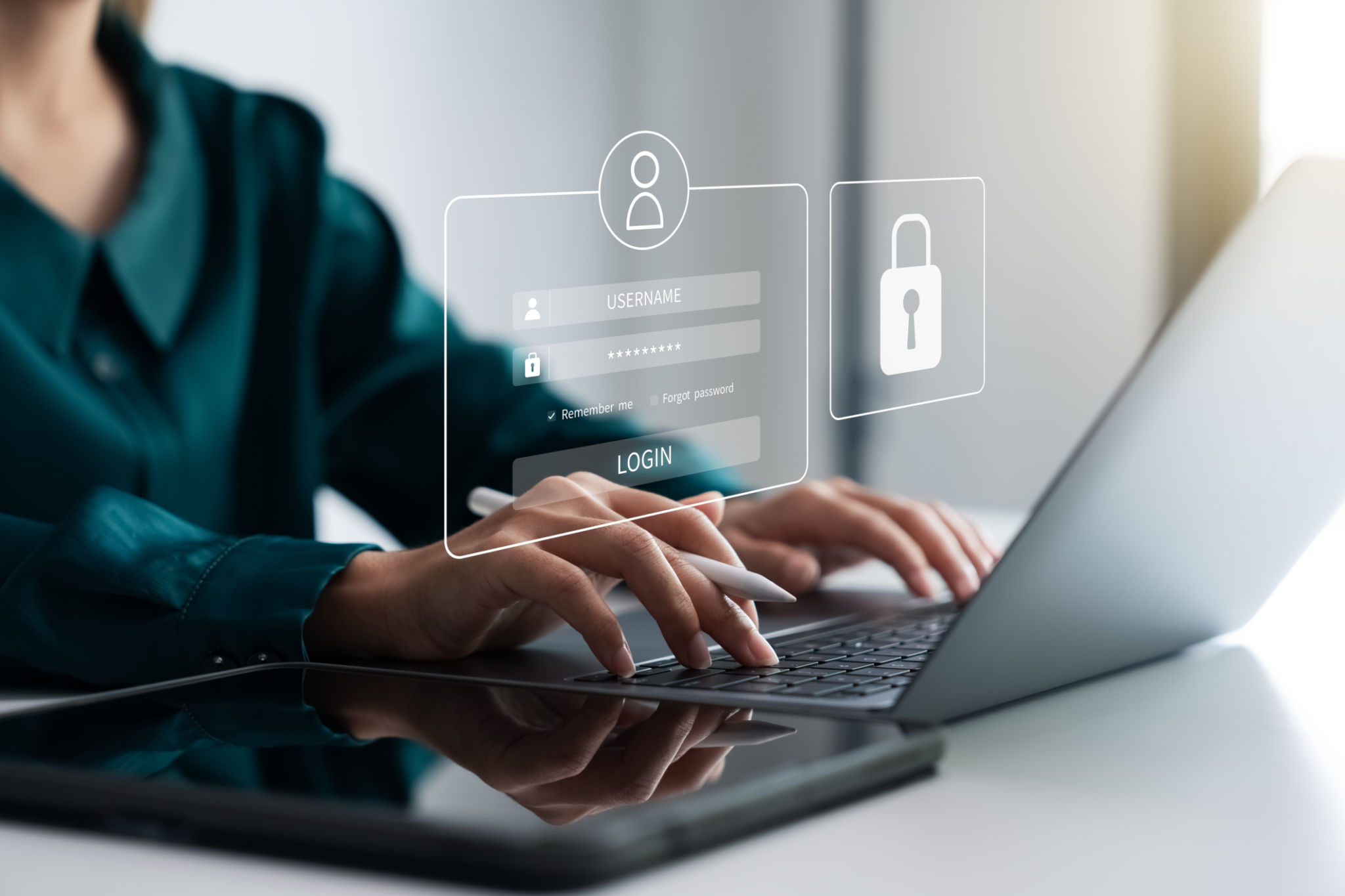Enhancing Mobile Security: A Guide to Cybersecurity in the Fintech Era
The Rise of Mobile Fintech
In recent years, mobile technology has revolutionized the financial sector, ushering in the era of fintech. With the convenience of managing finances at your fingertips, mobile banking and financial apps have become an integral part of daily life. However, this convenience comes with its own set of challenges, particularly in terms of cybersecurity. As more people rely on these platforms, ensuring mobile security has never been more crucial.
Fintech applications are inherently data-driven, handling sensitive information like personal details and financial transactions. This makes them a prime target for cybercriminals. Understanding how to enhance mobile security is essential for both users and developers in the fintech industry.

Understanding Mobile Threats
Mobile devices are susceptible to a variety of threats that can compromise fintech applications. These include malware attacks, phishing scams, and data breaches. Cybercriminals are constantly evolving their tactics to exploit vulnerabilities in mobile systems.
Malware, specifically designed to attack mobile devices, can infiltrate apps and steal sensitive data. Phishing scams often trick users into divulging their login credentials or personal information. Understanding these threats is the first step in building a robust defense strategy.
Common Security Vulnerabilities
Mobile fintech applications can have several security vulnerabilities, including:
- Insecure Data Storage: Storing sensitive data on the device without adequate encryption can lead to data breaches.
- Weak Authentication: Lack of strong authentication methods can allow unauthorized access.
- Poor Session Management: Inadequate session management can result in hijacked sessions.

Strategies for Enhancing Mobile Security
To protect against these threats, implementing a comprehensive mobile security strategy is vital. Here are some key strategies:
Data Encryption
Encryption is one of the most effective ways to protect sensitive data. By converting data into a secure code, it ensures that even if data is intercepted, it cannot be read without the decryption key. Fintech applications should employ strong encryption protocols for data both at rest and in transit.
Two-Factor Authentication (2FA)
Implementing two-factor authentication (2FA) adds an extra layer of security by requiring users to provide two different types of information to verify their identity. This could be something they know (like a password) and something they have (like a smartphone).

User Education and Awareness
Educating users about potential security threats and safe practices is critical in enhancing mobile security. Users should be aware of the risks associated with weak passwords, unsecured networks, and unsolicited download requests. Regular updates and reminders can keep security at the forefront of their minds.
Encouraging users to download apps only from trusted sources and teaching them how to recognize phishing attempts can significantly reduce the risk of falling victim to cyber threats.
The Role of Developers in Ensuring Security
App developers play a crucial role in ensuring the security of mobile fintech applications. By integrating security measures into the development process, they can build more resilient applications. This involves conducting regular security audits, staying updated with the latest security trends, and ensuring compliance with industry standards.
Developers should also focus on creating user-friendly interfaces that encourage secure user behavior, such as easy-to-use authentication processes and clear privacy policies.

Conclusion
The rapid advancement of fintech has made mobile security more important than ever. By understanding potential threats and implementing robust security measures, both users and developers can protect sensitive financial information from cybercriminals. In this digital age, prioritizing cybersecurity is not just an option; it is a necessity.
